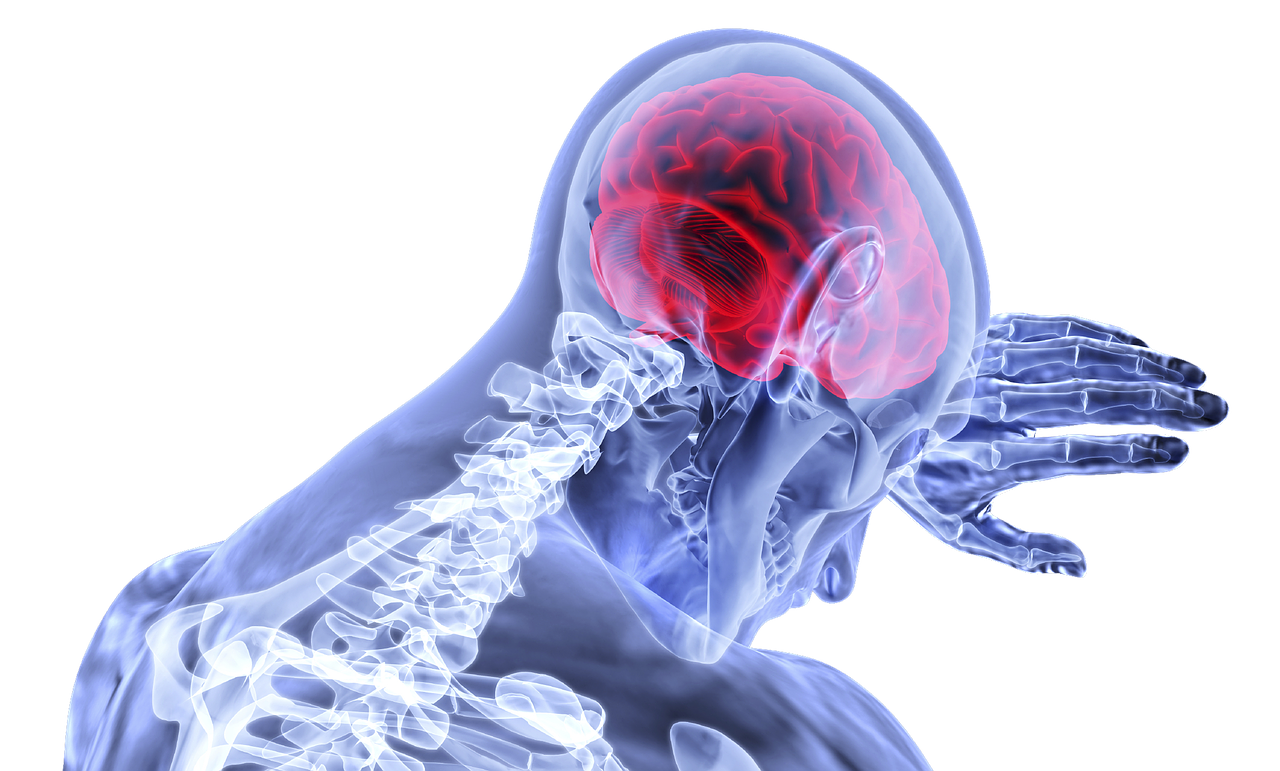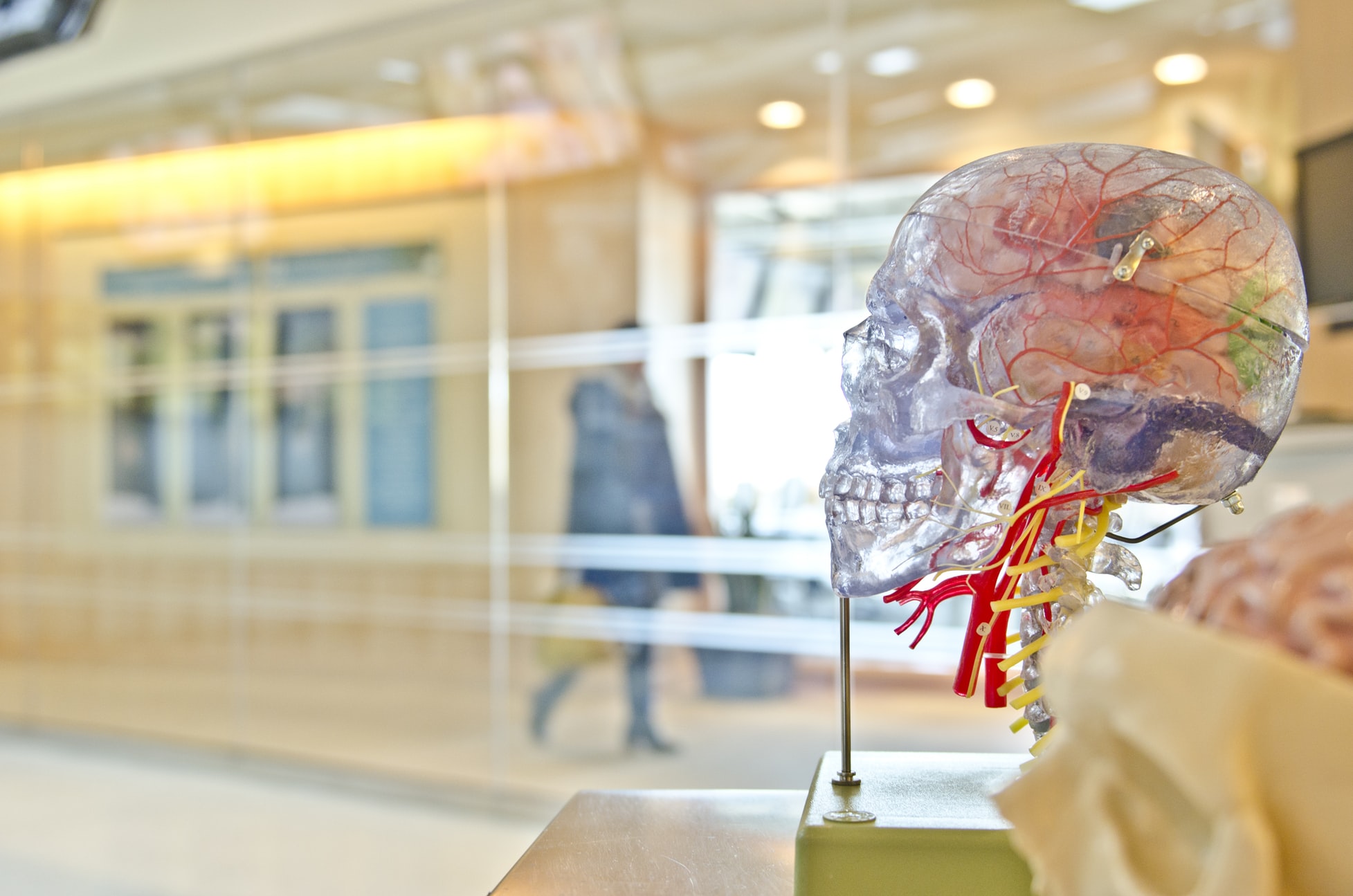How to adapt technology for stroke
Sarah Botterill | 28 Oct 2019World Stroke Day is 29 October 2019. AbilityNet information and support can help stroke survivors adapt their technology following an ischaemic attack.
 Around every five minutes someone suffers a stroke in the UK, according to the Stroke Association.
Around every five minutes someone suffers a stroke in the UK, according to the Stroke Association.
Ischaemic strokes – the commonest type of stroke – are caused by blockages that cut off the blood supply to parts of the brain. The damage has different effects depending on where it occurs.
A stroke can cause muscle weakness, impair vision and impact speech. AbilityNet knows these impairments can make it hard to use technology such as a mobile phone, tablet or a computer. A few simple adaptations can help you to overcome these challenges.
Technology is also a great enabler and can help overcome some of the challenges stroke survivors face. We present our five top tips on technology for stroke survivors.
Five technology tips for stroke survivors
1. Adapting your computer for life after a stroke
 Most desktop and laptop computers have accessibility tools within the Operating System. This applies to Apple, Chrome, and Windows-based machines.
Most desktop and laptop computers have accessibility tools within the Operating System. This applies to Apple, Chrome, and Windows-based machines.
Read our guide to choosing a computer for your accessibility needs
People who've suffered a stroke may, for example, find they have muscle weakness on one side of their body. This may mean it's hard for them to use a computer with two-hands. All computers have a function built-in that make it easier to use a computer one-handed, which is called Sticky Keys.
2. Adapting your workplace for life after a stroke
 While the average age for someone to have a stroke is over 55, increasingly people are having strokes younger in their lives. The number of people having a stroke at working age (20-64) has increased from a quarter of total strokes in 1990 to a third in 2010.
While the average age for someone to have a stroke is over 55, increasingly people are having strokes younger in their lives. The number of people having a stroke at working age (20-64) has increased from a quarter of total strokes in 1990 to a third in 2010.
Internal HR and occupational health can advise on a phased return to work and other reasonable adjustments (such as flexible working, for example). AbilityNet also offers a number of tools for disabled workers, which can help employers and employees adapt to working life after a stroke. AbilityNet and the Clear Company co-created Clear Talents On Demand, which helps you to identify reasonable workplace adjustments.
AbilityNet's Assessment Team provides cost-effective expert workplace assessments for any employee in any workplace in the UK.
An Ischaemic stroke impacts people in a variety of ways. Depending on the area of the brain affected, you may experience:

Communication problems: including aphasia: the ability to speak, and to understand others. Speech may also be slurred or slow (dysarthia)
Physical symptoms of stroke: including muscle weakness in the arms and legs, numb skin, and pins and needles. You may also experienc pain, headaches and fatigue.
Vision problems: including eye movement, and visual processing
3. Coping with visual impairment as the result of a stroke
Stroke survivors may experience a variety of vision problems. These include problems with eye movement, and visual processing problems. The most common of these is visual neglect. This happens when your brain doesn't receive information about what you're seeing on one side. You may accidentally ignore people or bump into things because you don't realise they are there.
4. Voice technology for people who have had a stroke
You may have trouble making yourself heard, but be able to use a keyboard. Voiceover technology can help by reading aloud small pieces of text.
Both Macintosh and Windows computers have software built-in that can read out small amounts of text.
There are also a lot of dedicated communication software packages available if your needs are greater, including Proloquo2go.
Tablet computers and smartphones may also help as they also include Virtual Assistants such as Siri, Google Assistant or Cortana that can respond to commands and dictate messages.
5. Tailored support at home if you've experienced a stroke
A stroke will affect everyone differently. AbilityNet has a network of disclosure-checked volunteers who can visit you in your home.
They'll provide 1-2-1, tailored information and support for stroke survivors and carers. They can advise on computers, laptops and smartphones and smart speakers such as Alexa and Google Home.
How AbilityNet can help
AbilityNet provides a range of free services to help disabled and older people.
Call our free Helpline. Our friendly, knowledgeable staff will discuss any kind of computer problem and do their best to come up with a solution. We’re open Monday to Friday from 9am to 5pm on 0800 269 545.
Arrange a home visit. We have a network of AbilityNet ITCanHelp volunteers who can help if you have technical issues with your computer systems. They can come to your home, or help you over the phone.
We have a range of factsheets which talk in detail about technology that might help you, which can be downloaded for free. You may find our factsheets talking about voice recognition and keyboard alternatives useful.
My Computer My Way. A free interactive guide to all the accessibility features built into current desktops, laptops, tables and smartphones.



